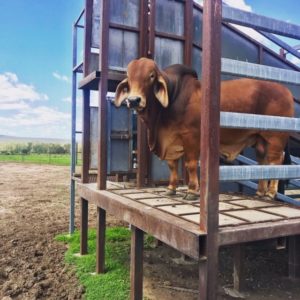A spur-of-the-moment decision to buy a bull can cost you dearly. When you take into account how long you’ll keep the bull and then the daughters, it’s clear each buying decision has repercussions that can last 20 years or more … with the potential to have a negative impact on your business.
We understand that Rockley clients, breeders of stud cattle and producers of commercial beef cattle, need a combination of strong genetics, quiet temperament and efficiency to produce productive, profitable cattle. For decades Rockley has assessed cattle using our elite breeding attributes as well as technologies (BREEDPLAN EBVs, genomics testing) to enhance the accuracy of our breeding program. Our aim is to always present for sale the animals our clients need.
Here are FIVE Rockley breeding practices that help your business succeed:
#1 Short joining period
Last year our stud females were joined for a period of just 108 days (from early October to late January). Any empty females were then removed from the breeding herd. This breeding season we will continue the fertility pressure and allow mating for only 90 days. Our female herd is still young, and this continual fertility pressure means we can identify those elite breeders that are fertile and have outstanding phenotype and genotype. These high-quality females will then be matched with superior bulls and used in an IVF program to multiply their genetics.
#2 BREEDPLAN recording
BREEDPLAN is just one of the processes, tools and technologies we use to produce elite Red Brahman bulls and females for stud and commercial producers who are seeking more profitable, high-performance cattle. We record additional BREEDPLAN traits each year. We now measure mature cow weight and flight time in addition to growth, scrotal size, carcase and days to calving, and are close to 100% genomics testing for our registered herd. We know that using BREEDPLAN estimated breeding values (EBVs) helps us select animals with superior breeding which we can then pass on to our clients.
#3 Clear breeding objectives
At a recent BredWell FedWell Workshop, Dr Jason Trompf emphasised the need for beef breeders to use EBVs to improve their breeding practices. He explained that a breeder needs clear breeding objectives which can then be ‘put to work’ when selecting bulls. At Rockley, our breeding objectives are clearly documented and continually reviewed in the light of our results and feedback from clients. During bull selection, our breeding objectives are top-of-mind as we take our time to consider all aspects of phenotype and genomics and their alignment with our 7 elite breeding attributes.
#4 Listening
I take the time to listen to commercial producers to improve my knowledge of their needs when selecting bulls so I can share tips on how to select the right bulls for their herd. I answer questions to help them understand our breeding program and how we incorporate the use of EBV’s. At Rockley we use the same management principles for our own commercial herd as we do for the bulls we sell.
#5 Balance of traits
I’ve written before about our balanced approach to breeding and remain strongly committed to this. It is vitally important for us to continue to focus on breeding balanced, high performance animals. Our breeding objectives have a high focus on maternal and fertility traits and maintaining above average growth to drive production to achieve the Jap Ox and Live Ex indexes.
At Rockley, we are continuously improving our breeding practices to enable us to select and purchase bulls that meet our elite breeding standards. We are confident that the progeny of these bulls will continue to have the genetics required for our commercial customers to enjoy business success.
To discuss any aspect of our – or your own – breeding practices, please feel free to contact me (Ashley) on 0408 780 810.
Feel free to share this article with your friends and networks using email or the social media buttons below.



